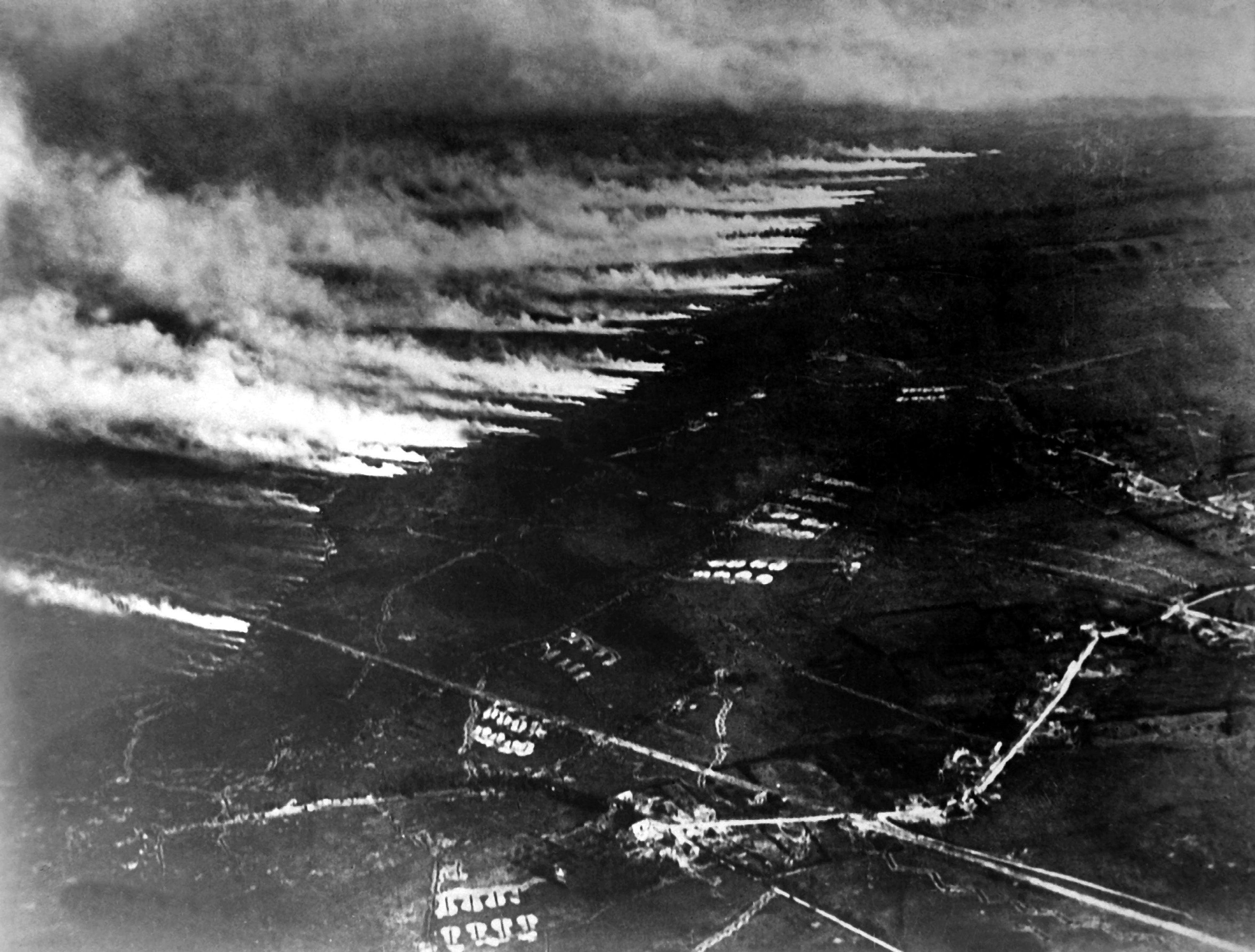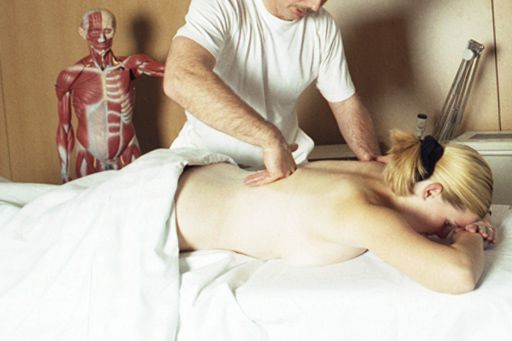|
Llangollen Community Hospital
Llangollen Community Hospital ( cy, Ysbyty Cymunedol Llangollen) was a community hospital in Llangollen, Wales. It was managed by Betsi Cadwaladr University Health Board. History The hospital was completed in April 1876 and was extended in 1884. Soldiers suffering from gas, gangrene and gunshot wounds were treated in the hospital during the First World War. It joined the National Health Service in 1948 and it was extended to include physiotherapy Physical therapy (PT), also known as physiotherapy, is one of the allied health professions. It is provided by physical therapists who promote, maintain, or restore health through physical examination, diagnosis, management, prognosis, patient ... and out-patient departments in 1958. It became a community hospital in the 1980s. After the hospital closed in March 2013, the building was demolished and the site was redeveloped for residential use in 2016. References {{authority control Defunct hospitals in Wales Hospital bui ... [...More Info...] [...Related Items...] OR: [Wikipedia] [Google] [Baidu] |
Betsi Cadwaladr University Health Board
Betsi Cadwaladr University Health Board (BCUHB) ( cy, Bwrdd Iechyd Prifysgol Betsi Cadwaladr) is the local health board of NHS Wales for the north of Wales. It is the largest health organisation in Wales, providing a full range of primary, community, mental health, and acute hospital services for a population of around 694,000 people across the six principal areas of north Wales (Anglesey, Conwy, Denbighshire, Flintshire, Gwynedd and Wrexham) as well as some parts of Mid Wales, Cheshire and Shropshire. Betsi Cadwaladr University Health Board is the operational name of Betsi Cadwaladr Local Health Board. The Board is responsible for the operation of three district general hospitals, 22 other acute and community hospitals, and a network of over 90 health centres, clinics, community health team bases, and mental health units. It coordinates the work of 121 GP practices and NHS services provided by North Wales dentists, opticians and pharmacies. The Board is named after Betsi Cad ... [...More Info...] [...Related Items...] OR: [Wikipedia] [Google] [Baidu] |
Llangollen
Llangollen () is a town and community, situated on the River Dee, in Denbighshire, Wales. Its riverside location forms the edge of the Berwyn range, and the Dee Valley section of the Clwydian Range and Dee Valley Area of Outstanding Natural Beauty, with the easternmost point of the Dee Valley Way being within the town. It had a population of 3,658 at the 2011 census. History Llangollen takes its name from the Welsh ''llan'' meaning "a religious settlement" and Saint Collen, a 7th-century monk who founded a church beside the river. St Collen is said to have arrived in Llangollen by coracle. St Collen’s Church is the only church in Wales dedicated to St Collen, and he may have had connections with Colan in Cornwall and with Langolen in Brittany. Above the town to the north is Castell Dinas Brân, a stronghold of the Princes of Powys. Beyond the castle is the impressive Lower Carboniferous limestone escarpment known as the Eglwyseg Rocks. The outcrop continues north ... [...More Info...] [...Related Items...] OR: [Wikipedia] [Google] [Baidu] |
Community Hospital
A community hospital can be purely a nominal designation or have a more specific meaning. When specific, it refers to a hospital that is accessible to the general public, and provides a general or specific medical care which is usually short-term, in a cost-effective setting, and also focuses on preventing illnesses and not only treating them. The word ''community'' often occurs in the name of the hospital. The word ''community'' is used in the sense of a ''location-based community'' for a community hospital. The following sections describe community hospitals when referred to in specific countries. Singapore In Singapore, community hospitals are a class of hospitals that provide continuation of care after discharge from acute hospitals, including rehabilitation and therapy. Thailand In Thailand, ''community hospital'' is a specific classification of public hospitals with a capacity of 150 beds or fewer. They serve local populations in provincial districts, providing primary ... [...More Info...] [...Related Items...] OR: [Wikipedia] [Google] [Baidu] |
Chemical Weapons In World War I
The use of toxic chemicals as weapons dates back thousands of years, but the first large scale use of chemical weapons was during World War I. They were primarily used to demoralize, injure, and kill entrenched defenders, against whom the indiscriminate and generally very slow-moving or static nature of gas clouds would be most effective. The types of weapons employed ranged from disabling chemicals, such as tear gas, to lethal agents like phosgene, chlorine, and mustard gas. This chemical warfare was a major component of the first global war and first total war of the 20th century. The killing capacity of gas was limited, with about 90,000 fatalities from a total of 1.3 million casualties caused by gas attacks. Gas was unlike most other weapons of the period because it was possible to develop countermeasures, such as gas masks. In the later stages of the war, as the use of gas increased, its overall effectiveness diminished. The widespread use of these agents of chemical w ... [...More Info...] [...Related Items...] OR: [Wikipedia] [Google] [Baidu] |
Gangrene
Gangrene is a type of tissue death caused by a lack of blood supply. Symptoms may include a change in skin color to red or black, numbness, swelling, pain, skin breakdown, and coolness. The feet and hands are most commonly affected. If the gangrene is caused by an infectious agent, it may present with a fever or sepsis. Risk factors include diabetes, peripheral arterial disease, smoking, major trauma, alcoholism, HIV/AIDS, frostbite, influenza, dengue fever, malaria, chickenpox, plague, hypernatremia, radiation injuries, meningococcal disease, Group B streptococcal infection and Raynaud's syndrome. It can be classified as dry gangrene, wet gangrene, gas gangrene, internal gangrene, and necrotizing fasciitis. The diagnosis of gangrene is based on symptoms and supported by tests such as medical imaging. Treatment may involve surgery to remove the dead tissue, antibiotics to treat any infection, and efforts to address the underlying cause. Surgical efforts may ... [...More Info...] [...Related Items...] OR: [Wikipedia] [Google] [Baidu] |
Gunshot Wound
A gunshot wound (GSW) is a penetrating injury caused by a projectile (e.g. a bullet) from a gun (typically firearm or air gun). Damages may include bleeding, bone fractures, organ damage, wound infection, loss of the ability to move part of the body and, in more severe cases, death. Damage depends on the part of the body hit, the path the bullet follows through the body, and the type and speed of the bullet. Long-term complications can include lead poisoning and post-traumatic stress disorder (PTSD). Factors that determine rates of gun violence vary by country. These factors may include the illegal drug trade, easy access to firearms, substance misuse including alcohol, mental health problems, firearm laws, social attitudes, economic differences and occupations such as being a police officer. Where guns are more common, altercations more often end in death. Before management begins it should be verified the area is safe. This is followed by stopping major bleedin ... [...More Info...] [...Related Items...] OR: [Wikipedia] [Google] [Baidu] |
World War I
World War I (28 July 1914 11 November 1918), often abbreviated as WWI, was List of wars and anthropogenic disasters by death toll, one of the deadliest global conflicts in history. Belligerents included much of Europe, the Russian Empire, the United States, and the Ottoman Empire, with fighting occurring throughout Europe, the Middle East, Africa, the Pacific Ocean, Pacific, and parts of Asia. An estimated 9 million soldiers were killed in combat, plus another 23 million wounded, while 5 million civilians died as a result of military action, hunger, and disease. Millions more died in Genocides in history (World War I through World War II), genocides within the Ottoman Empire and in the Spanish flu, 1918 influenza pandemic, which was exacerbated by the movement of combatants during the war. Prior to 1914, the European great powers were divided between the Triple Entente (comprising French Third Republic, France, Russia, and British Empire, Britain) and the Triple A ... [...More Info...] [...Related Items...] OR: [Wikipedia] [Google] [Baidu] |
National Health Service
The National Health Service (NHS) is the umbrella term for the publicly funded healthcare systems of the United Kingdom (UK). Since 1948, they have been funded out of general taxation. There are three systems which are referred to using the "NHS" name (NHS England, NHS Scotland and NHS Wales). Health and Social Care in Northern Ireland was created separately and is often locally referred to as "the NHS". The four systems were established in 1948 as part of major social reforms following the Second World War. The founding principles were that services should be comprehensive, universal and free at the point of delivery—a health service based on clinical need, not ability to pay. Each service provides a comprehensive range of health services, free at the point of use for people ordinarily resident in the United Kingdom apart from dental treatment and optical care. In England, NHS patients have to pay prescription charges; some, such as those aged over 60 and certain state ... [...More Info...] [...Related Items...] OR: [Wikipedia] [Google] [Baidu] |
Physiotherapy
Physical therapy (PT), also known as physiotherapy, is one of the allied health professions. It is provided by physical therapists who promote, maintain, or restore health through physical examination, diagnosis, management, prognosis, patient education, physical intervention, rehabilitation, disease prevention, and health promotion. Physical therapists are known as physiotherapists in many countries. In addition to clinical practice, other aspects of physical therapist practice include research, education, consultation, and health administration. Physical therapy is provided as a primary care treatment or alongside, or in conjunction with, other medical services. In some jurisdictions, such as the United Kingdom, physical therapists have the authority to prescribe medication. Overview Physical therapy addresses the illnesses or injuries that limit a person's abilities to move and perform functional activities in their daily lives. PTs use an individual's history and phys ... [...More Info...] [...Related Items...] OR: [Wikipedia] [Google] [Baidu] |
Defunct Hospitals In Wales
{{Disambiguation ...
Defunct (no longer in use or active) may refer to: * ''Defunct'' (video game), 2014 * Zombie process or defunct process, in Unix-like operating systems See also * * :Former entities * End-of-life product * Obsolescence Obsolescence is the state of being which occurs when an object, service, or practice is no longer maintained or required even though it may still be in good working order. It usually happens when something that is more efficient or less risky r ... [...More Info...] [...Related Items...] OR: [Wikipedia] [Google] [Baidu] |
Hospital Buildings Completed In 1876
A hospital is a health care institution providing patient treatment with specialized health science and auxiliary healthcare staff and medical equipment. The best-known type of hospital is the general hospital, which typically has an emergency department to treat urgent health problems ranging from fire and accident victims to a sudden illness. A district hospital typically is the major health care facility in its region, with many beds for intensive care and additional beds for patients who need long-term care. Specialized hospitals include trauma centers, rehabilitation hospitals, children's hospitals, seniors' ( geriatric) hospitals, and hospitals for dealing with specific medical needs such as psychiatric treatment (see psychiatric hospital) and certain disease categories. Specialized hospitals can help reduce health care costs compared to general hospitals. Hospitals are classified as general, specialty, or government depending on the sources of income received. A ... [...More Info...] [...Related Items...] OR: [Wikipedia] [Google] [Baidu] |







